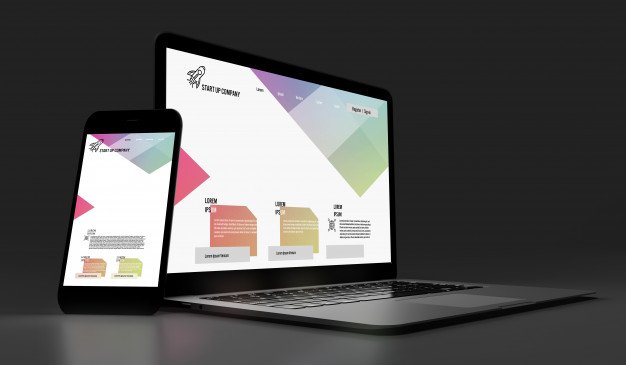I’ve been a web developer for 5 years now. There’s quite the learning curve with web design, even AFTER school. You have to deal with customers, you have to manage expectations and deadlines, you have to manage your billing and finances, all of which were not included in the code and design classes that I took. This is just the business side of things, as you can probably tell I’m a little taken aback by it all. But then there’s the coding aspect of the business.
The coding side of things is where I really excel. I love being a web designer. Making websites look and perform great has really turned into a passion of mine. But I’ve noticed that a lot of developers out there struggle with a lot of aspects of being a professional web designer. Let’s face it, a lot of developers produce work that is not up to par. Either they have designs that are super basic and lame, or the websites are not made to meet your goals and help your business. any of these issues could be bad for a new business that will be relying on their website for leads or a professional presence.
I’ve outlined the following questions to help you better understand what you should be looking for when you are going to work with a web development company or freelancer. As a business owner, It is important that you ask these questions before you pay someone for their services.
1. Do you have live examples I can see?
I am amazed at how most people either have a problem they need solved or they have an expectation or design in mind, but they never ask to see examples. Everyone’s idea of “great” is different. It’s important to see examples of their work and judge if they would be a good fit for you. If there are concerns, asking the developer questions is a good way to address them.
2. Do you have a degree in web development? When? How do you stay up to date
This is an important question, and just as important is asking them when they did if they did. There are a few great selves taught web developers out there, who learned from non-traditional means. The most important information that this question will give you is in the third part. Web development is not a static skill set. It changes fast and often, and someone who has incorporated constant learning about their field into their work or life routine will improve your odds of getting some of the best developers.
3. What kind of web development do you focus on?
This can mean a ton of things. But, if you explain your needs, like a high converting website, for example, the right developer for you will already have a few live examples to show you. “yea, I can do that” is not the right answer, the process and skill set for focusing on conversions need to be already developed, as well as deployed, tested, and documented.
I hope this will help when you’re choosing a web design and development professional to work with. This is a great start towards making sure you get the quality of work you desire and need, as well as getting your website and business goals met.
Read More:





















